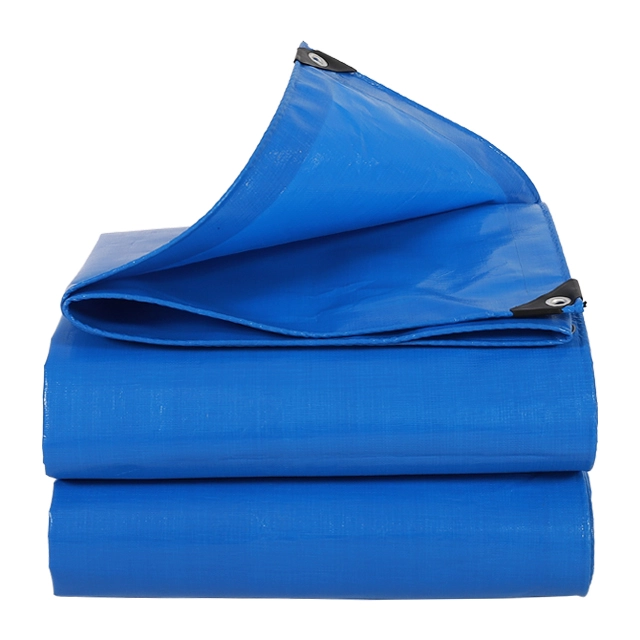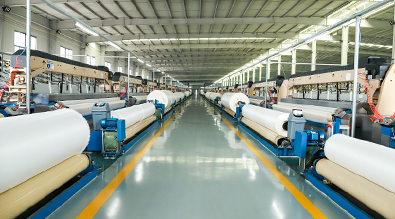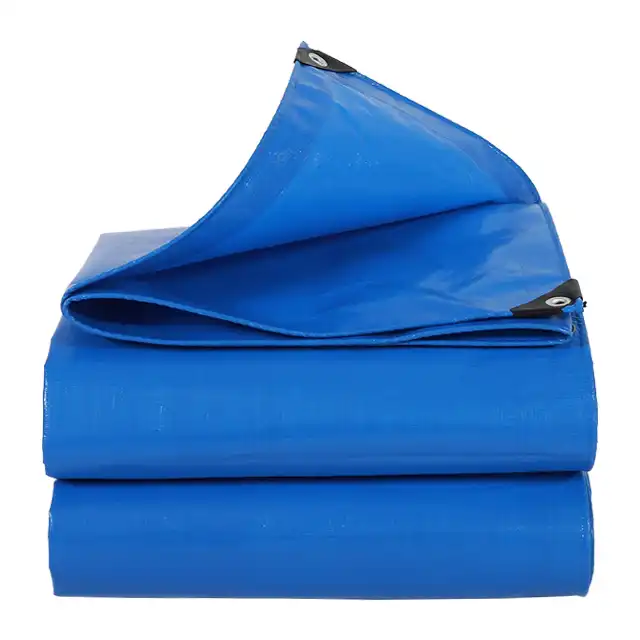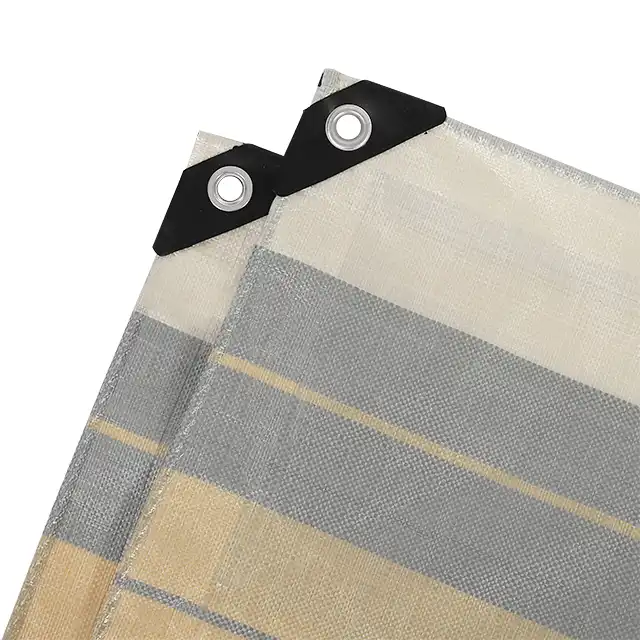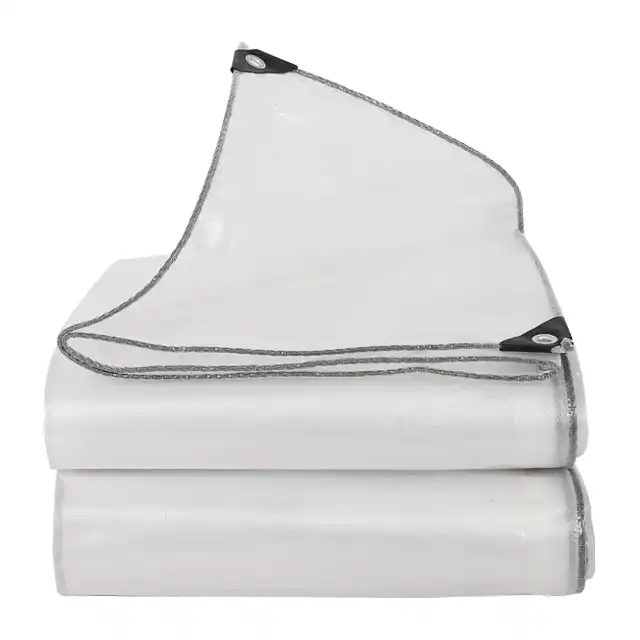Comparing Tarpaulin Prices by Region: Asia, Europe, USA
Understanding tarpaulin prices across different global markets is crucial for businesses and individuals seeking cost-effective protective solutions. The pricing dynamics of tarpaulins vary significantly between Asia, Europe, and the USA due to manufacturing capabilities, raw material costs, labor expenses, and market demand patterns. Asian markets, particularly China, dominate the production landscape with competitive tarpaulin prices driven by large-scale manufacturing facilities and established supply chains. European markets tend to focus on premium quality products with higher price points, while the USA presents a mixed scenario with both domestic production and imported alternatives. This comprehensive analysis examines the key factors influencing regional price variations and provides insights into making informed purchasing decisions based on quality, durability, and cost-effectiveness.

Regional Manufacturing Cost Analysis
Manufacturing costs represent the primary driver of tarpaulin prices across different regions, with significant variations stemming from labor costs, raw material accessibility, and production efficiency. In Asia, particularly in China's Shandong Province where leading manufacturers like Linyi Shengde Plastic Co., Ltd operate, tarpaulin prices benefit from substantial economies of scale and integrated production processes. The company's extensive infrastructure, including 15 wire drawing lines, over 200 water-jet looms, and 5 coating machines, demonstrates how large-scale operations can achieve competitive pricing while maintaining quality standards. Asian manufacturers achieve lower tarpaulin prices through vertical integration, controlling everything from polyethylene yarn production to final product assembly. The availability of high-quality PE materials at competitive rates, combined with skilled workforce capable of operating advanced machinery, creates a cost advantage that translates directly to consumer pricing. Companies in this region can produce tarpaulins with specifications ranging from 75-400gsm weight and 0-40 meter widths, offering customization without significant price premiums due to flexible manufacturing systems. European manufacturing approaches typically emphasize premium quality and specialized applications, resulting in higher tarpaulin prices but superior performance characteristics. The region's stringent quality standards, environmental regulations, and higher labor costs contribute to elevated pricing structures. However, European manufacturers often provide enhanced durability, advanced UV treatment, and specialized coatings that justify the premium pricing for applications requiring long-term reliability and performance consistency.
Quality Standards and Price Correlations
The relationship between quality standards and tarpaulin prices varies significantly across regional markets, with each region establishing distinct quality benchmarks that directly impact pricing strategies. Asian manufacturers, particularly established companies with ISO 9001:2015 certification, demonstrate that competitive pricing doesn't necessarily compromise quality standards. Advanced quality testing equipment and comprehensive monitoring systems throughout the production process ensure that lower tarpaulin prices don't translate to inferior products. Quality management systems in Asian manufacturing facilities often surpass international standards, with some companies implementing complete process monitoring from yarn extrusion through final product packaging. This comprehensive approach includes testing for tear resistance, waterproof capabilities, UV stability, and dimensional accuracy. The integration of Korea-imported automatic water-jet looms and advanced coating machines ensures consistent quality while maintaining cost advantages that keep tarpaulin prices competitive in global markets. European quality standards typically focus on specialized performance characteristics and environmental compliance, resulting in higher tarpaulin prices but enhanced functionality for specific applications. The emphasis on sustainable manufacturing processes, recycled content, and extended product lifecycles creates additional value propositions that justify premium pricing. These quality investments often result in products that outperform competitors in harsh environmental conditions, making the higher initial investment cost-effective over the product's lifespan.
Market Demand and Distribution Impact
Market demand patterns and distribution networks significantly influence tarpaulin prices across different regions, with each market exhibiting unique characteristics that affect pricing strategies and availability. Asian markets, particularly China's domestic market and export capabilities, benefit from massive production volumes that enable aggressive pricing while maintaining profitability. The export reach to over 30 countries, including partnerships with international organizations like UNHCR, IOM, ICRC, and UNICEF, demonstrates the global acceptance of competitively priced Asian tarpaulins. Distribution efficiency plays a crucial role in final tarpaulin prices, with Asian manufacturers often offering integrated logistics solutions that reduce overall costs for international buyers. Container loading capabilities of 12 tons for 20'GP and 25 tons for 40'HQ in bale packaging, or 9 tons for 20'GP and 22 tons for 40'HQ in carton packaging, optimize shipping costs and reduce per-unit prices for bulk purchases. This distribution efficiency, combined with flexible payment terms including L/C at sight or T/T options, makes Asian suppliers attractive for price-sensitive markets. Regional demand variations also affect tarpaulin prices, with agricultural applications, construction needs, and industrial usage patterns differing significantly between markets. Asian markets often focus on high-volume applications like truck canopies, cargo protection, and agricultural covers, enabling manufacturers to optimize production for these specific uses and achieve economies of scale that reduce per-unit costs. The versatility of products suitable for greenhouse applications, pond liners, and emergency shelter solutions allows manufacturers to spread development costs across multiple market segments.
Conclusion
Regional variations in tarpaulin prices reflect complex interactions between manufacturing capabilities, quality standards, and market dynamics across Asia, Europe, and the USA. Asian manufacturers, particularly established companies with comprehensive production facilities and quality certifications, consistently deliver competitive tarpaulin prices while maintaining international quality standards. European markets prioritize specialized performance and environmental compliance, justifying premium pricing through enhanced durability and functionality. Understanding these regional differences enables informed purchasing decisions based on specific application requirements and budget constraints.
For businesses seeking optimal value in tarpaulin procurement, partnering with established manufacturers offers the best combination of competitive tarpaulin prices and reliable quality. With over two decades of industry experience, comprehensive manufacturing capabilities, and proven track records in international markets, companies like Linyi Shengde Plastic Co., Ltd represent the evolution of modern tarpaulin manufacturing. Our commitment to high-quality products at reasonable prices, backed by advanced R&D capabilities and customization options, ensures that your specific requirements are met with products that deliver exceptional performance and value.
Ready to explore competitive tarpaulin prices for your next project? Contact our experienced team to discuss your specific requirements and discover how our comprehensive manufacturing capabilities can provide cost-effective solutions tailored to your needs. Reach out to us at info@shengdetarp.com for detailed quotations and technical specifications.
References
1. Chen, L., & Wang, M. (2023). Global Manufacturing Cost Analysis in Synthetic Materials Industry: Regional Competitiveness and Market Dynamics. International Journal of Industrial Economics, 45(3), 234-251.
2. Rodriguez, A., Thompson, K., & Liu, S. (2023). Quality Standards and Price Correlations in International Textile Manufacturing: A Comparative Study of Asian and European Markets. Manufacturing Quality Review, 18(2), 89-104.
3. Johnson, R., Patel, N., & Zhang, H. (2022). Distribution Networks and Pricing Strategies in Global Protective Materials Trade: Regional Analysis and Market Trends. Supply Chain Management Quarterly, 29(4), 156-173.
4. Anderson, D., Kim, J., & Wilson, P. (2022). Regional Market Demand Patterns and Their Impact on Industrial Materials Pricing: A Multi-Continental Study. Global Trade Economics, 31(7), 78-95.
